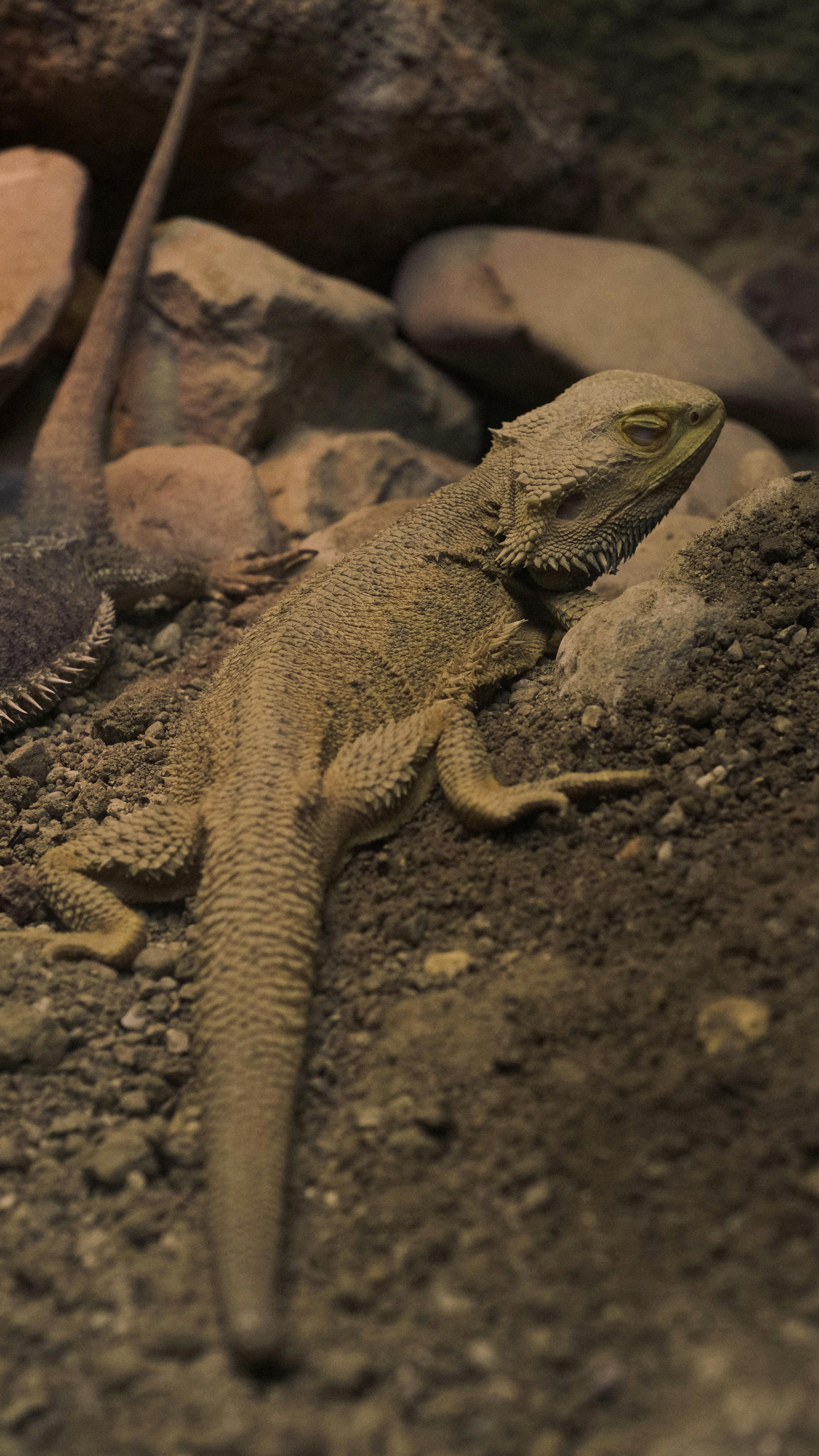
Essential Guide to Rabbit Foot Fern Care in 2025
The rabbit foot fern, scientifically known as Davallia fejeensis, is a unique and visually appealing plant that has captured the hearts of indoor plant enthusiasts. Native to tropical regions, its distinctive furry rhizomes and lush green leaves make it a cherished addition to homes and gardens. In this article, we will explore essential rabbit foot fern care tips to keep your plant thriving throughout 2025.
Understanding the specific needs of the rabbit foot fern is vital for its growth and longevity. This article will cover the best practices for watering, humidity, lighting, fertilization, and propagation, ensuring you provide optimal conditions for your fern. By following these tips and tricks, you'll enjoy a flourishing rabbit foot fern that enhances your indoor space while purifying the air.
Key takeaways will include practical advice for every stage of rabbit foot fern care—from selecting the right soil to combatting common pests. Whether you're a seasoned plant parent or a newbie, these insights will help you achieve plant success as you cultivate your beautiful fern.
Optimal Watering Techniques for Rabbit Foot Ferns
Watering is a critical aspect of rabbit foot fern care. These ferns thrive in moist environments but can be susceptible to root rot if overwatered. To strike the right balance, consider the following tips.
Understanding Soil Moisture
The first step in effective watering is to understand soil moisture. Rabbit foot ferns prefer well-draining soil that retains some moisture. Check the top inch of the soil; if it feels dry, it’s time to water. Always ensure excess water can drain away, preventing stagnant moisture that can harm the roots.
Frequency of Watering
During the growing season, typically spring and summer, rabbit foot ferns require more water. Water them about once a week, adjusting based on the humidity level in your environment. In contrast, during the dormant periods in fall and winter, you can reduce watering frequency.
Signs of Overwatering vs. Underwatering
To maintain your rabbit foot fern's health, recognize the signs of overwatering and underwatering. Yellowing leaves can indicate too much water, while wilting foliage suggests the plant needs hydration. Observing these symptoms ensures timely adjustments to your watering routine.

Creating Ideal Humidity Levels
Humidity is another essential factor in rabbit foot fern care. These ferns thrive in higher humidity levels, typically ranging from 50% to 60%. Here’s how you can maintain the ideal humidity for your fern.
Using Humidifiers
For indoor environments, especially during dry seasons, using a humidifier can help maintain the desired humidity levels. Place the humidifier in the same room as your fern to keep the air moist. Monitor the humidity with a hygrometer to ensure it stays within the ideal range.
Grouping Plants Together
Another effective method for increasing humidity around your rabbit foot fern is to group it with other humidity-loving plants. As they transpire, these plants release moisture into the air, creating a microclimate that benefits all the plants in the vicinity.
Creating a Humidity Tray
A simple DIY solution is to create a humidity tray. Fill a shallow tray with water and pebbles and place your rabbit foot fern on top of the pebbles. As the water evaporates, it increases humidity around the plant, providing a comfortable environment.
Understanding Light Requirements
Light is crucial in supporting your rabbit foot fern's growth and health. Understanding its lighting needs will help prevent common ailments that arise from inadequate light.
Optimal Light Conditions
Rabbit foot ferns prefer bright, indirect light. Too much direct sunlight can scorch the leaves, while insufficient light can stunt growth. Place your fern near a window with filtered light or use sheer curtains to diffuse sunlight effectively.
Adjusting for Seasons
Throughout seasonal changes, be mindful of adjusting your fern's light exposure. In winter, when days are shorter, consider rotating the plant or using grow lights to ensure it receives enough light to thrive.
Signs of Inadequate Light
If your rabbit foot fern exhibits long, leggy growth or yellowing leaves, it may be a sign that it isn’t receiving enough light. Conversely, browning tips may indicate that it's getting too much direct sunlight. Adjusting light exposure can enhance its overall health.

The Role of Fertilization in Growth
Fertilization is crucial for ensuring your rabbit foot fern gets the nutrients it needs for healthy growth. Understanding when and how to fertilize can propel your fern's flourishing.
Choosing the Right Fertilizer
Select a balanced, water-soluble fertilizer that’s suitable for ferns. Look for products with equal parts nitrogen, phosphorus, and potassium (NPK) or consider one formulated specifically for houseplants.
Frequency of Fertilization
During the growing season, aim to fertilize your rabbit foot fern every 4-6 weeks. In fall and winter, you can cut back on fertilizer applications as the plant enters dormancy and growth slows.
Common Fertilization Mistakes
Be cautious of over-fertilizing, which can lead to salt buildup and harm the roots. Always dilute the fertilizer more than the package directions suggest for these delicate ferns. Observing leaf color and growth will help you adjust as needed for the best results.
Effective Propagation Methods
Propagating rabbit foot ferns allows you to create new plants and share with friends. Here are the best strategies to propagate your fern successfully.
Dividing the Plant
One of the simplest methods is to divide the plant. When repotting, gently separate the roots and rhizomes into smaller sections, ensuring each piece has a few leaves. Replant in fresh potting soil, and maintain humidity to encourage new growth.
Using Spores for Propagation
Rabbit foot ferns can be propagated using spores, although this method is slower. Collect spores from mature fronds, then sow them on a sterile growing medium, maintaining high humidity until they germinate.
Common Challenges in Propagation
When propagating, keep an eye out for mold or rot, which can plague young plants. Use clean tools and provide proper air circulation to minimize these risks. Propagating under suitable conditions boosts your chances of success.
Conclusion: Embracing Rabbit Foot Fern Care
Caring for rabbit foot ferns can be a rewarding experience when you’re equipped with the right knowledge. From optimal watering and humidity levels to ideal light conditions and fertilization techniques, understanding these elements plays a crucial role in successful plant management.
As you nurture your rabbit foot fern, keep in mind the importance of attentive care. Economics and environmental impact of ferns add refreshing aesthetics and contribute to improving indoor air quality. With commitment and the tips outlined, you can enjoy a vibrant, healthy rabbit foot fern while enriching your indoor space.
